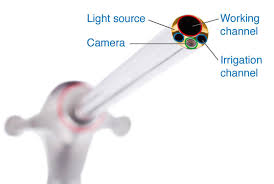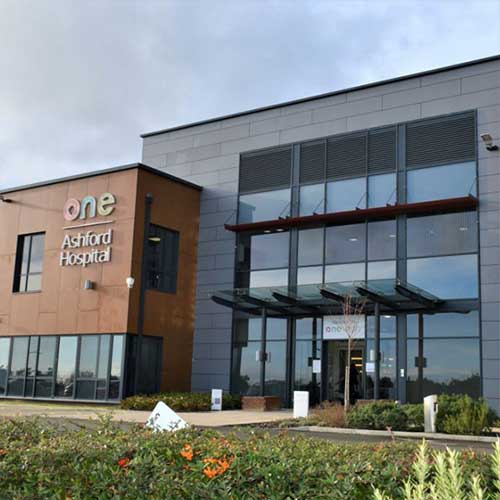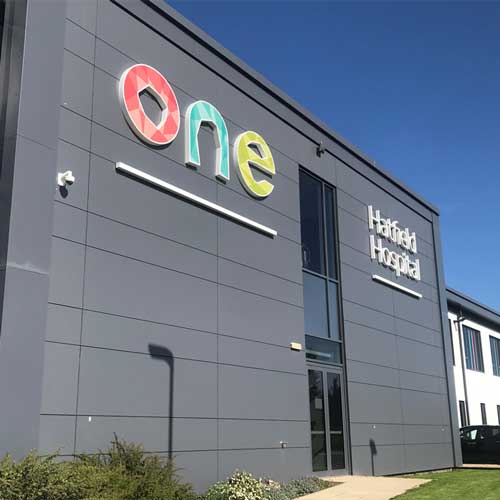Mr Mohamed Ahmed, Consultant Orthopaedic Spinal Surgeon, is interested in the use of minimally invasive spinal surgery (keyhole surgery) using the latest advanced techniques to help patient recover quickly and with a good outcome. Here, he tells us more.
What is Endoscopic Spinal Surgery? 
Endoscopic spinal surgery is a minimally invasive procedure. It allows your spinal surgeon to treat the diseased spine and disc area through a small port placed through one small incision of less than 2 cm. Within the port is a tiny camera, an endoscope, to enable your surgeon to clearly view the damaged tissue on a video screen. Your surgeon can then pass thin surgical tools through the port to repair the damage.
The procedure can be done under general anaesthetic or just with local anaesthetic and sedation, and the patient can be fully mobile just a short time after the procedure.
What can be repaired with Endoscopic Spinal Surgery?
There are two common spinal procedures that can be performed with this technique. A spinal discectomy, whereby a bulging disc is shaved, and spinal decompression, whereby calcification on the spine is shaved. The aim of both procedures is to increase the space around the spinal cord to relieve the pressure on the nerve that is causing pain, particularly in the legs.
Both of these procedures are common, and have been performed endoscopically for many years, but over the last 6 – 7 years there have been excellent significant advances in technology and the equipment available.
When is this technique usually advised?
This technique can be used for most herniated discs problems, facet joint cysts, mild and moderate spinal stenosis, and foraminal stenosis.
These are all conditions that create pain in the lumbar spine area and legs due to pressure on the nerves. As we age, our spines begin to show signs of wear and tear. The protective sheets around the spinal cords thicken, bones calcify and discs lose the height they need to be our natural shock absorbers. This is why back pain is so common, affecting around one third of the adult population in the UK.
What are the benefits of having endoscopic spinal surgery?
A smaller incision than with traditional spinal surgery means limited blood loss, significantly lower risk of deep tissue infection and readmission, less disruption of surrounding muscle and tissue and better management of intra-operative and post-operative pain. Spinal mobility is preserved by avoiding damage to the back muscles and early mobilisation after the procedure.
How long will patients stay in hospital?
Endoscopic Spinal Surgery is a day surgery procedure and patients will be able to go home just a few hours after the procedure. The procedure can be performed under general aesthetic, or local anaesthetic and sedation. Your surgeon will discuss both options with you fully, but a local anaesthetic will mean quicker mobilisation following surgery.
What is the recovery time?
Patients are mobilised within 2-3 hours after Endoscopic Spinal Surgery. Physiotherapy resumes within 2 weeks and patients with office jobs can usually return to work after 2-3 weeks.
What is the success rate?
Studies show that the success rate is up to 80-85% improved, compared to 70-75% with the open surgery.
Call 01707 443 333 to book a consultation with Mr Ahmed at One Hatfield Hospital.
One Hatfield is unique providing diagnostic care and same or next day appointments, and is ideally located for patients in Hatfield, St Albans, Stevenage, Watford, North London and throughout Hertfordshire and Bedfordshire.




 One Ashford
One Ashford One Hatfield
One Hatfield